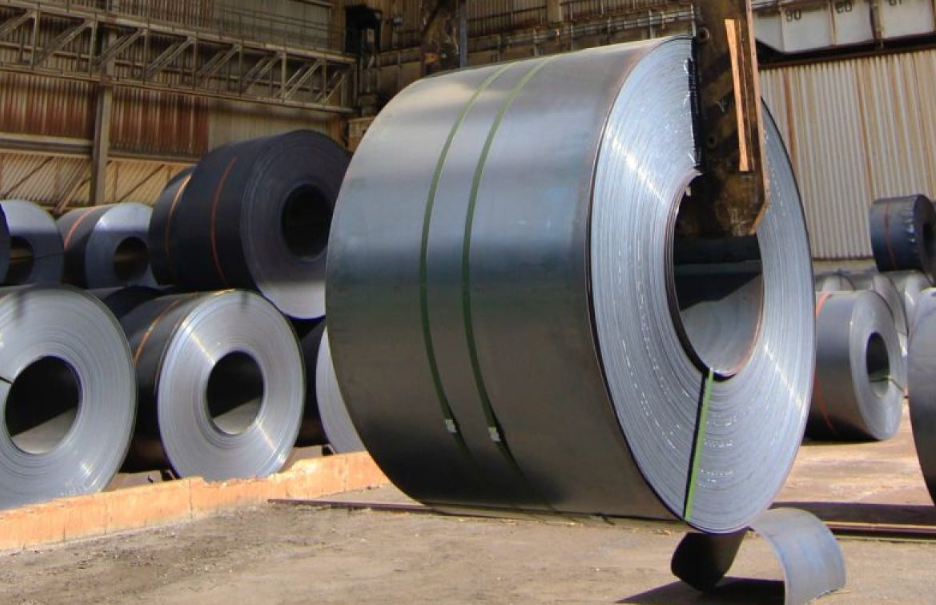Assessing the Impact of the 19% Tariff Agreement Between the US and Indonesia: New Challenges for Indonesia’s Steel Industry
Introduction
In July 2025, Indonesia and the United States announced a trade agreement that reduced US import tariffs on most Indonesian products from 32% to 19%. This was celebrated as a diplomatic win for Indonesia, providing greater certainty to exporters. However, the new tariff does not apply to iron and steel products, which remain subject to Section 232 tariffs of 25–50%, implemented by the US in early 2025.
This presents a mixed picture for Indonesia's steel industry: while trade ties strengthen, steel exports still face significant trade barriers. This article explores the implications of this agreement for Indonesia’s iron and steel sector—highlighting risks, strategic opportunities, and how Bonded Logistics Centers (PLB) can support adaptive strategies.
US Tariff Structure and Steel Exclusion
The 19% tariff covers over 99% of traded goods, but steel and aluminum remain under Section 232—doubling to 50% since June 2025, with no exemptions for Indonesia confirmed by CNBC and other outlets.
This has immediate effects on competitiveness. According to Indonesia’s Central Statistics Agency (BPS), iron and steel exports to the US reached USD 687 million in 2024. These higher tariffs cut deeply into profit margins, making the US market less attractive.
Key Risks and Challenges for Indonesia’s Steel Industry
-
Erosion of Price Competitiveness
A 50% tariff inflates prices, making Indonesian steel uncompetitive compared to countries with lower or no tariffs. -
Potential Export Decline
US buyers may shift to alternative suppliers or domestic producers. -
Investment Uncertainty
Trade volatility discourages investment in Indonesia’s steel sector. -
Rising Compliance Costs
Stricter US rules of origin to prevent Chinese transshipment increase operational complexity and cost.
Strategic Opportunities Amid Pressure
Despite the tariff burden, several opportunities emerge:
-
Export Market Diversification
Redirect focus to ASEAN, Middle East, India, and Africa—regions with growing infrastructure needs and lower tariff walls. -
Boosting Domestic Value-Added Production
Focus on specialty steel for domestic sectors like automotive, energy, and construction. -
Regional Collaboration and Supply Chain Investment
Leverage free trade agreements like RCEP for alternative export pathways.
The Role of Bonded Logistics Centers (PLB)
While PLB won’t reduce tariffs directly, it offers critical logistical and financial advantages:
-
Export Flow Optimization
Goods stored in PLB can await better market conditions, free of import/export tax burdens. -
Cost and Time Efficiency
Consolidated shipping and documentation reduce overhead logistics costs. -
Flexible Market Redirection
From within PLB, products can be redirected to other markets without returning to domestic customs—a risk-hedging tool. -
Enhanced Monitoring and Transparency
Digitized PLB systems allow real-time tracking of inventory, customs status, and dispatch schedules.
Though not a cure for US tariffs, PLB grants exporters greater agility in uncertain global trade conditions.
Strategic Steps Forward
Key recommendations include:
-
Ongoing Trade Negotiations
Lobby for tariff relief or quota-based access for strategic industries like steel. -
Infrastructure & Technology Enhancement
Improve traceability and production efficiency to meet international standards. -
Financial Support Schemes
The government could offer tax relief, export financing, and logistic subsidies. -
Maximizing PLB Utility
Businesses must treat PLB as a dynamic export control hub—not just storage.
Conclusion
The 19% US tariff deal is good news for most sectors, but for Indonesia’s iron and steel industry, the continued 50% tariff remains a heavy blow. However, with strategic market shifts, improved logistics via PLB, and proactive policies, the industry still holds potential to thrive in a volatile global trade landscape.
